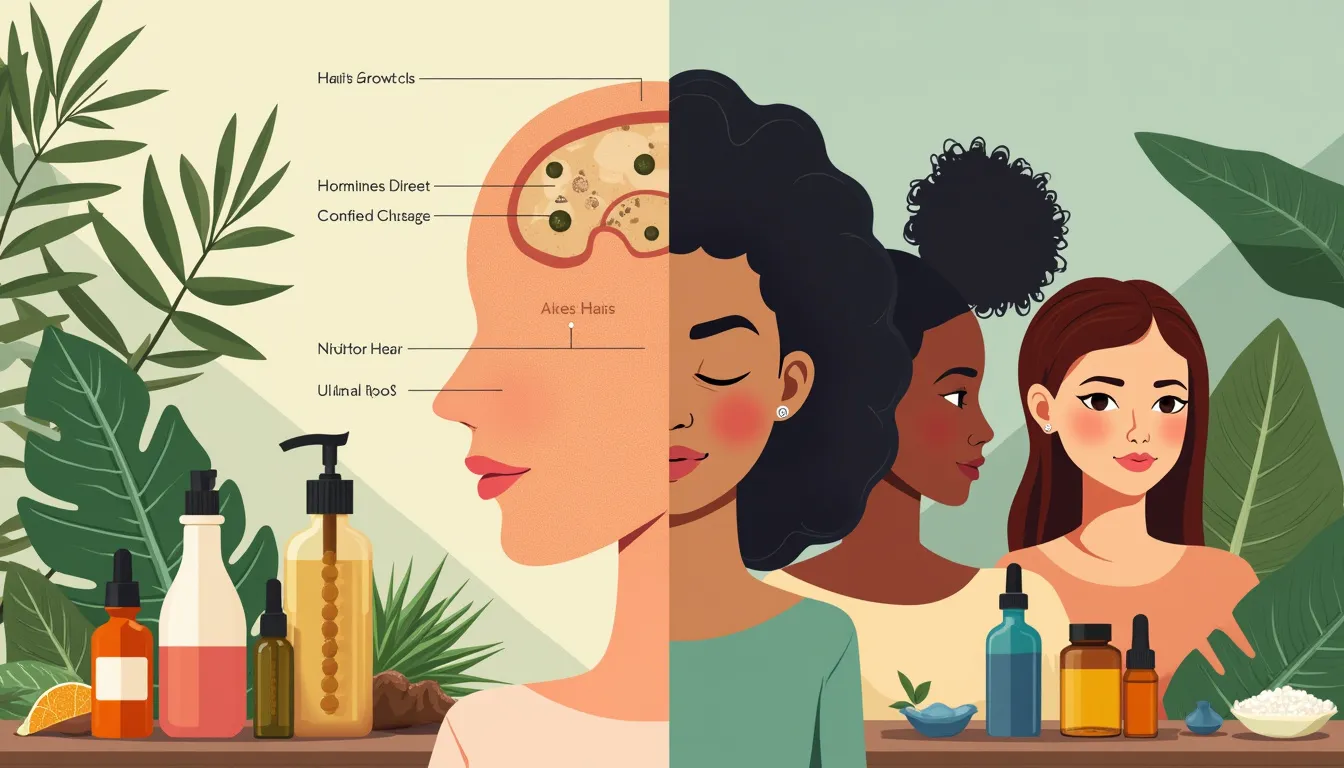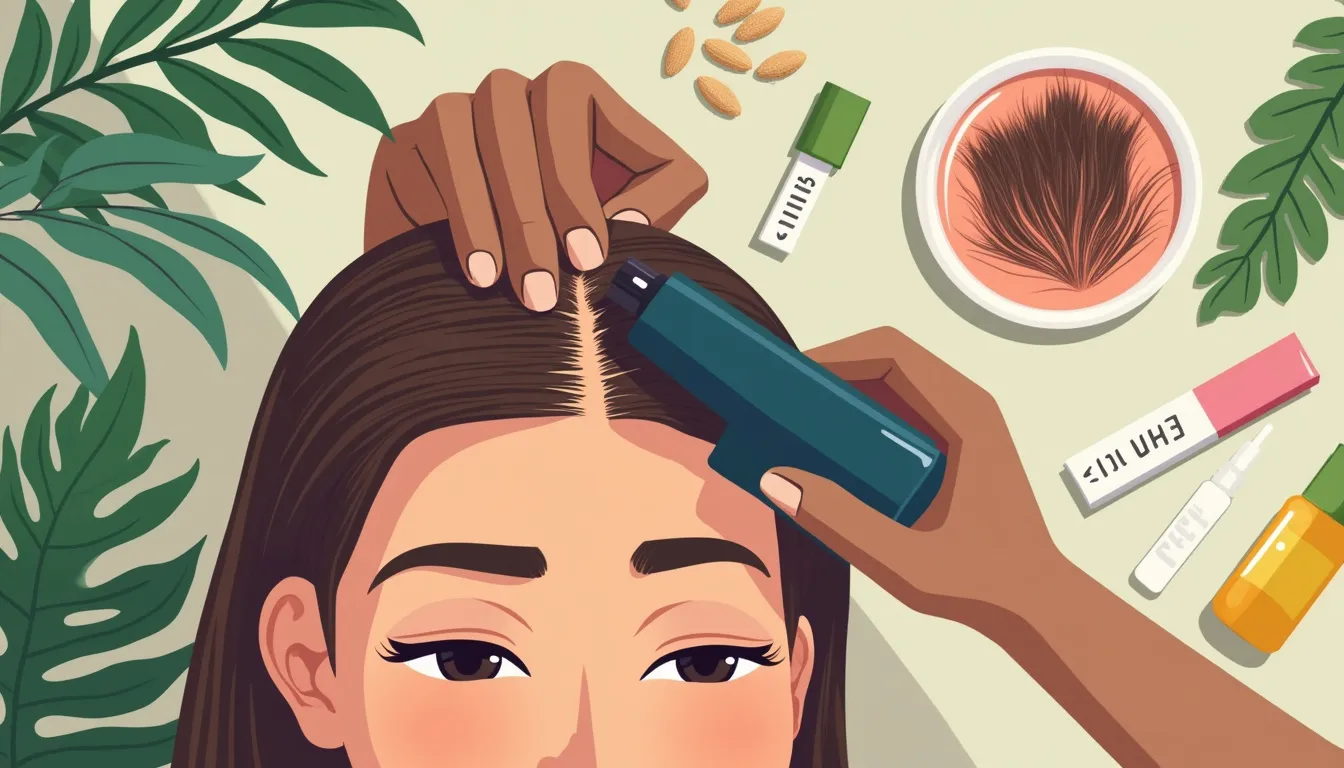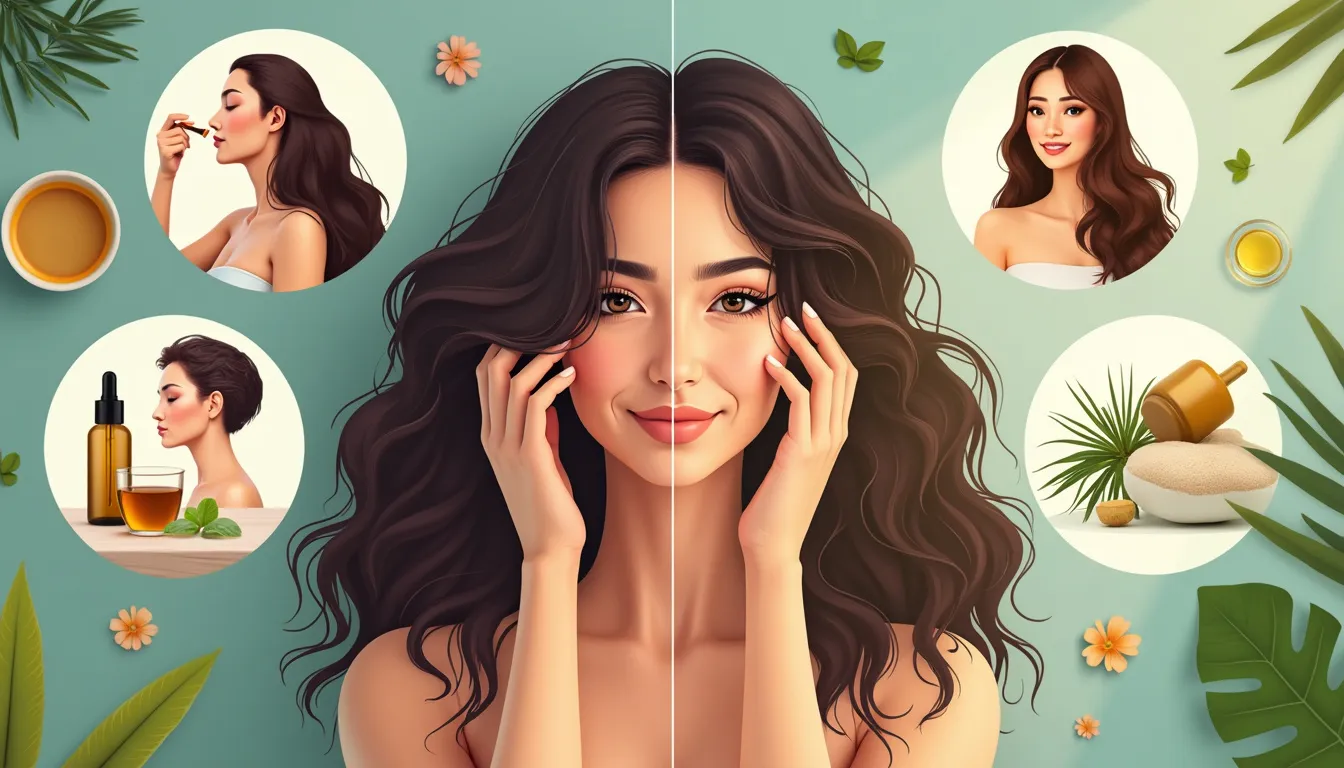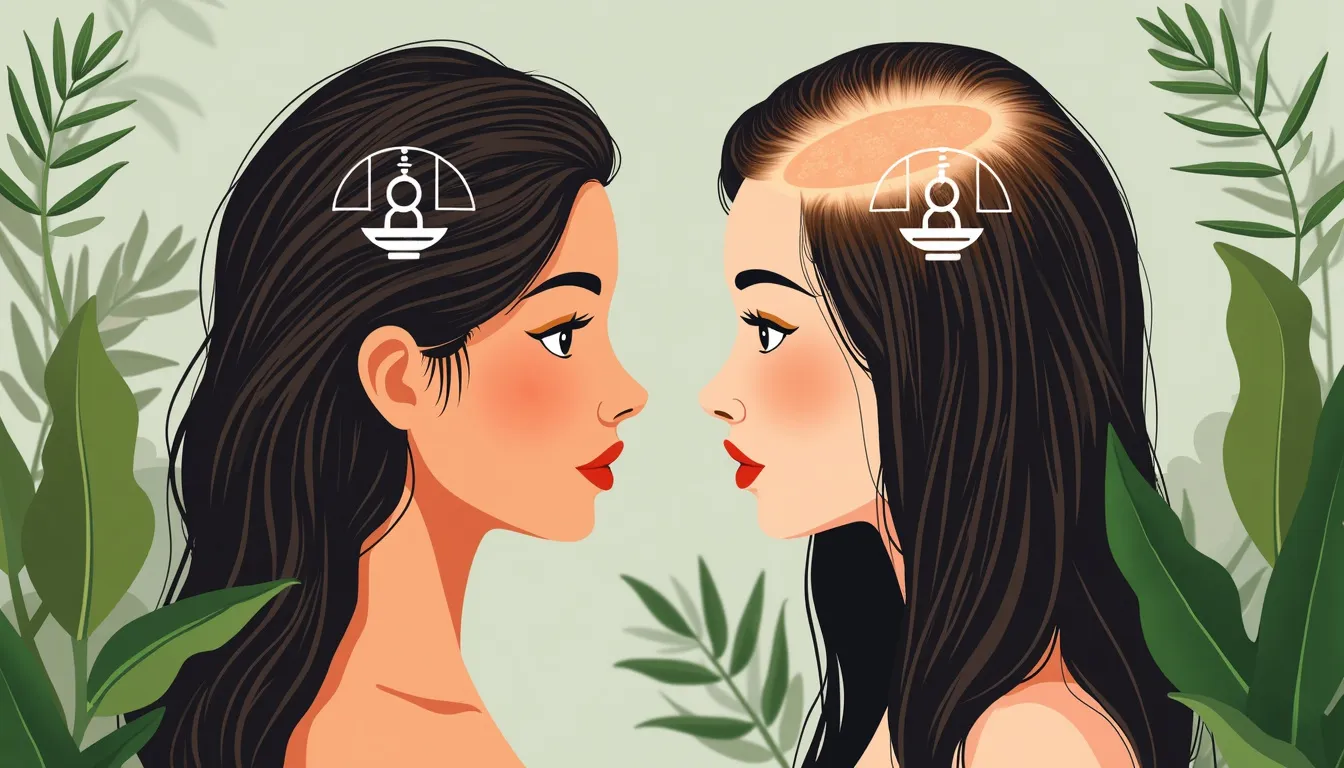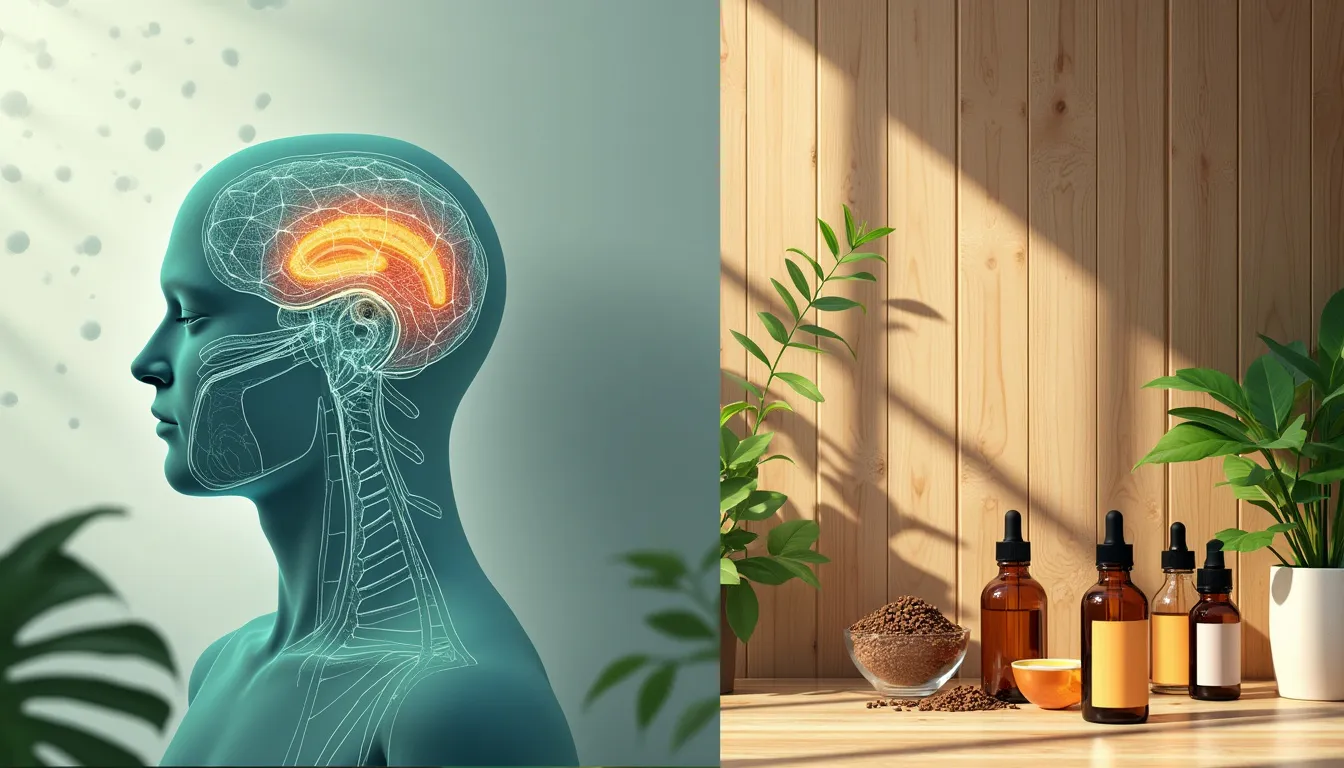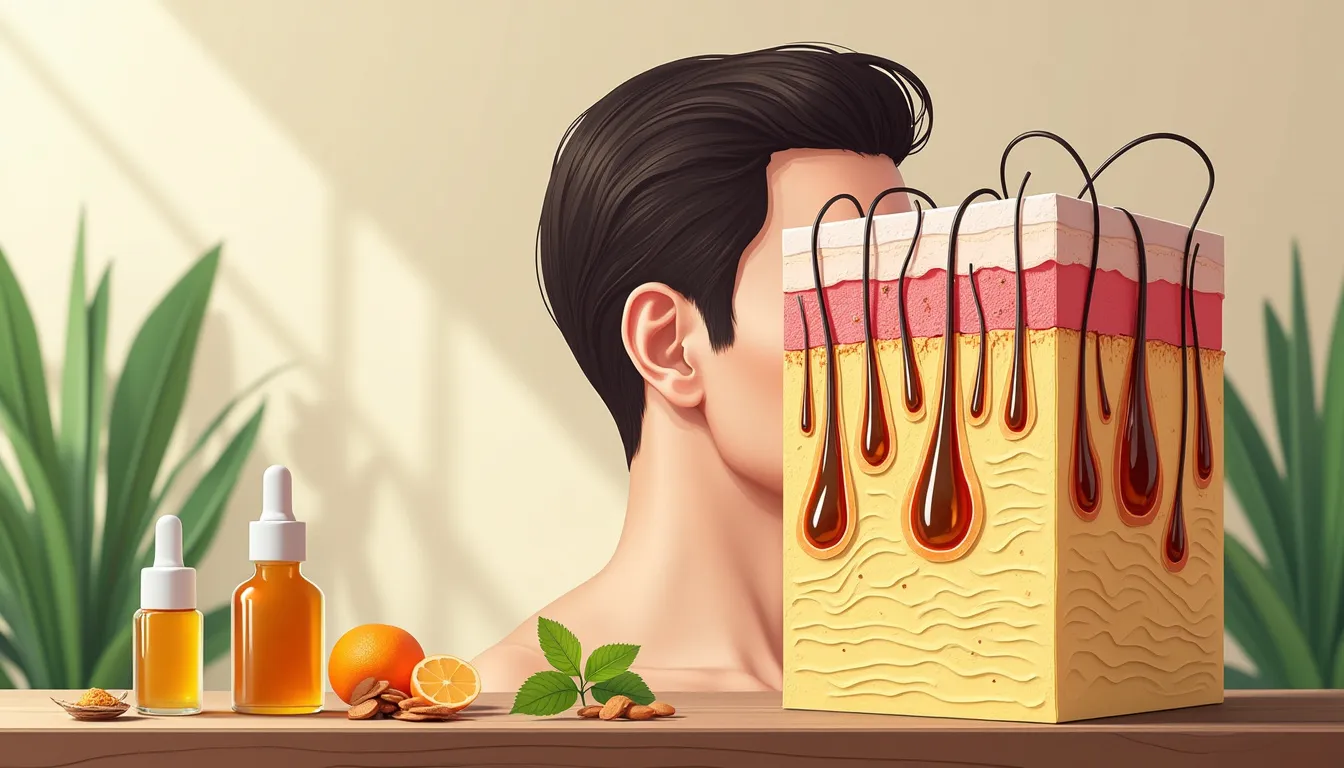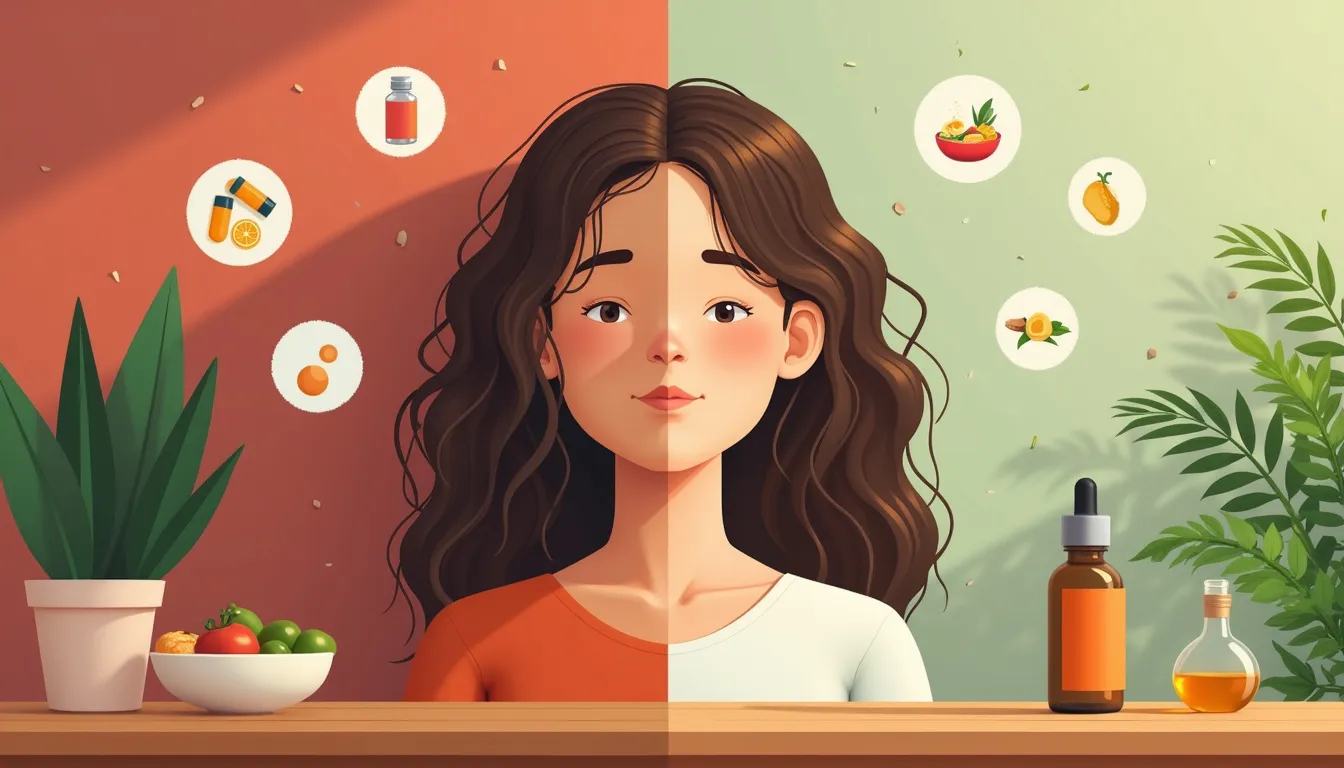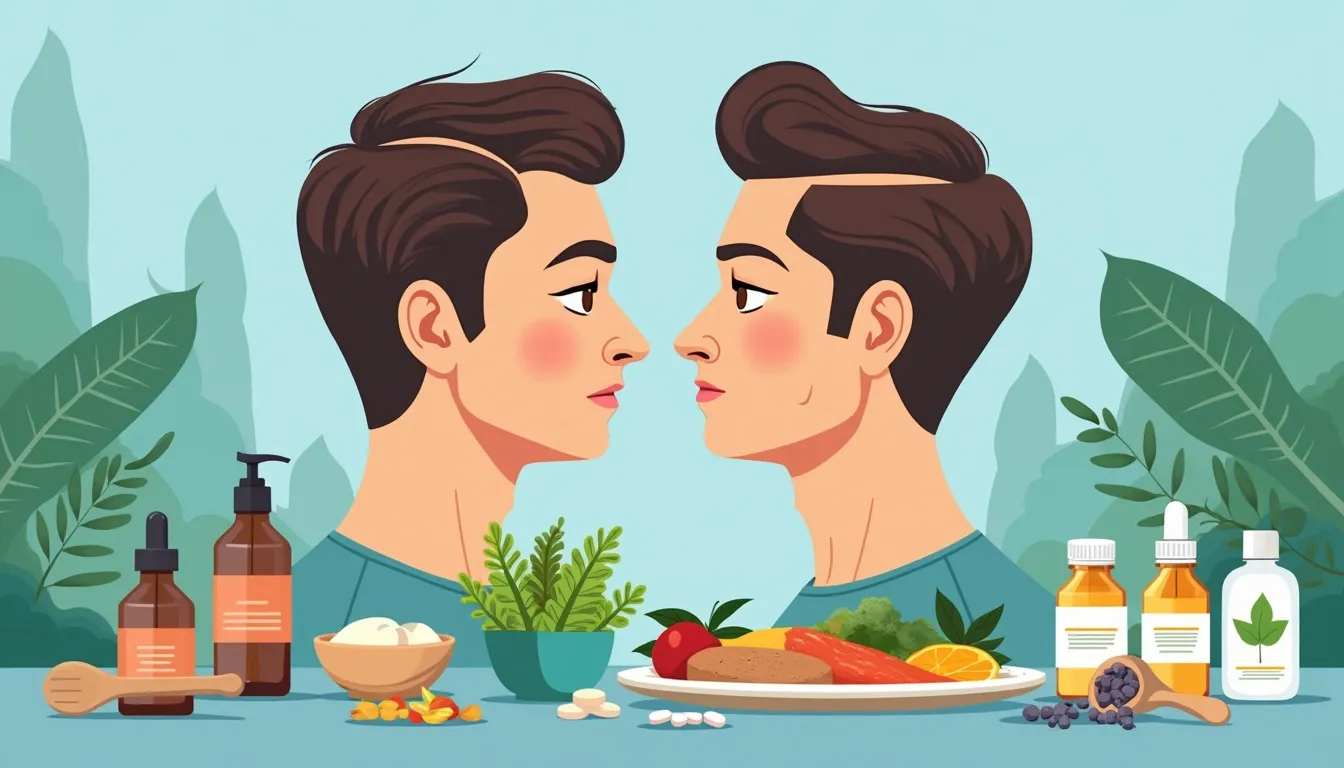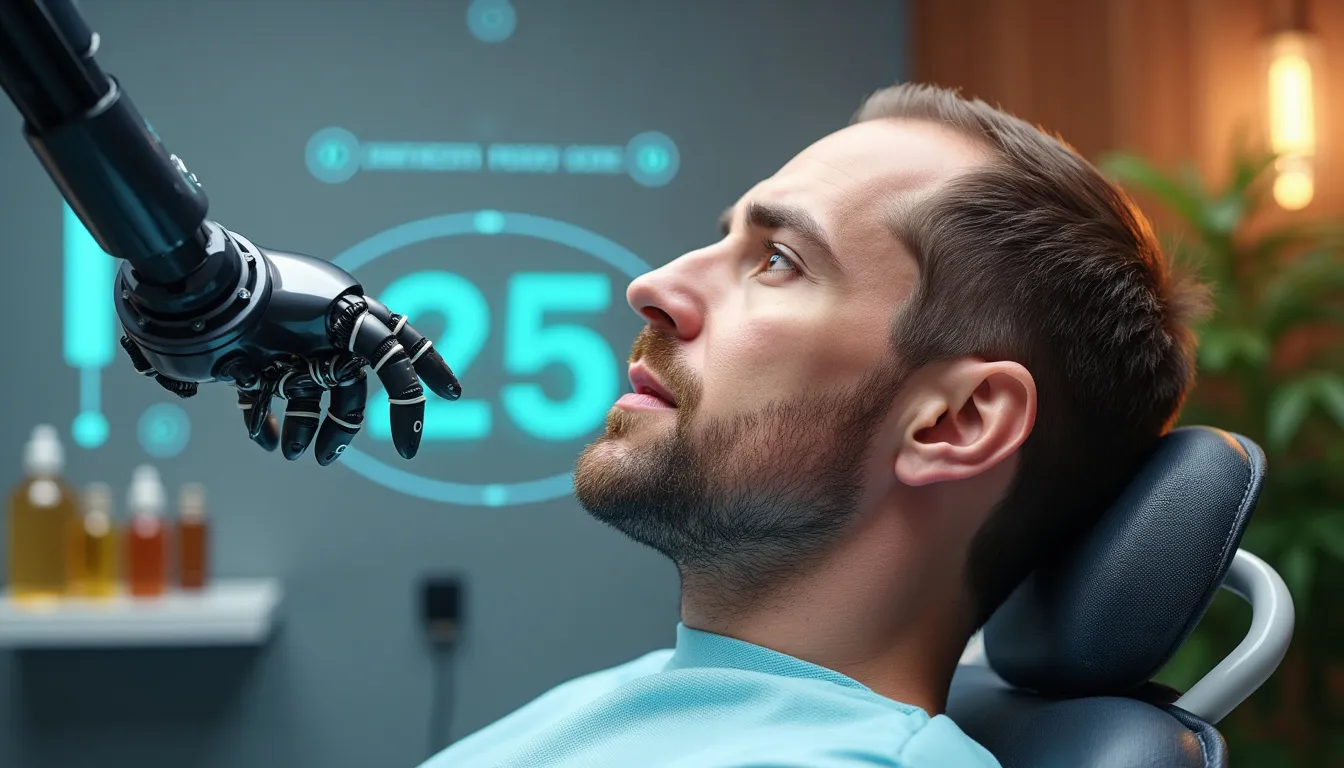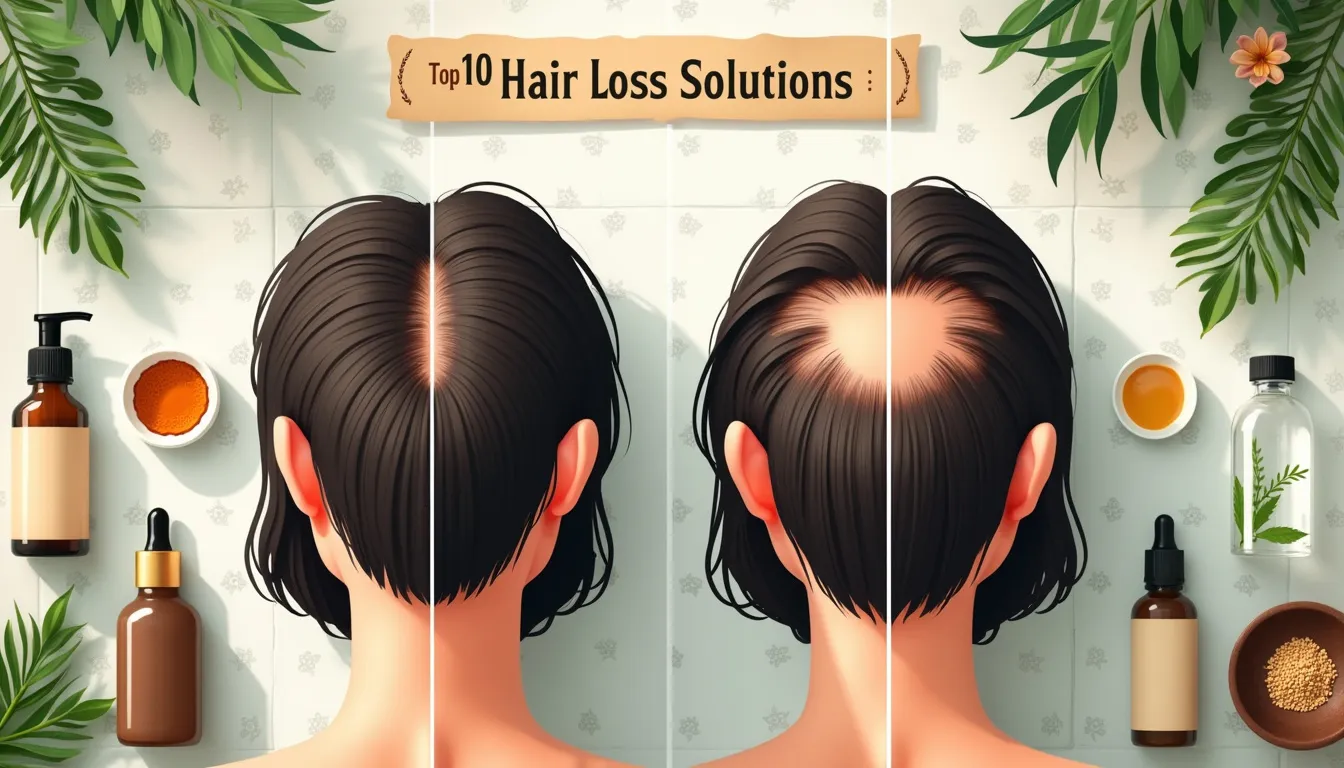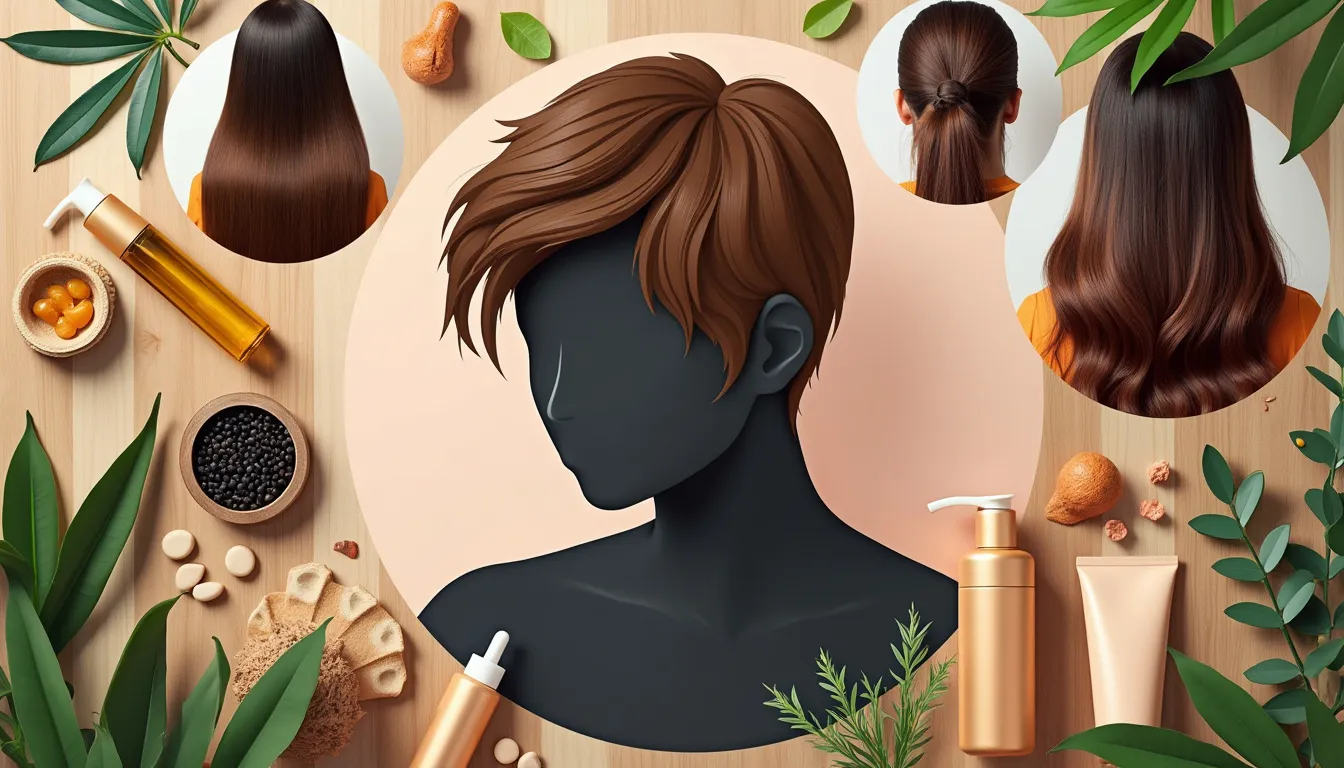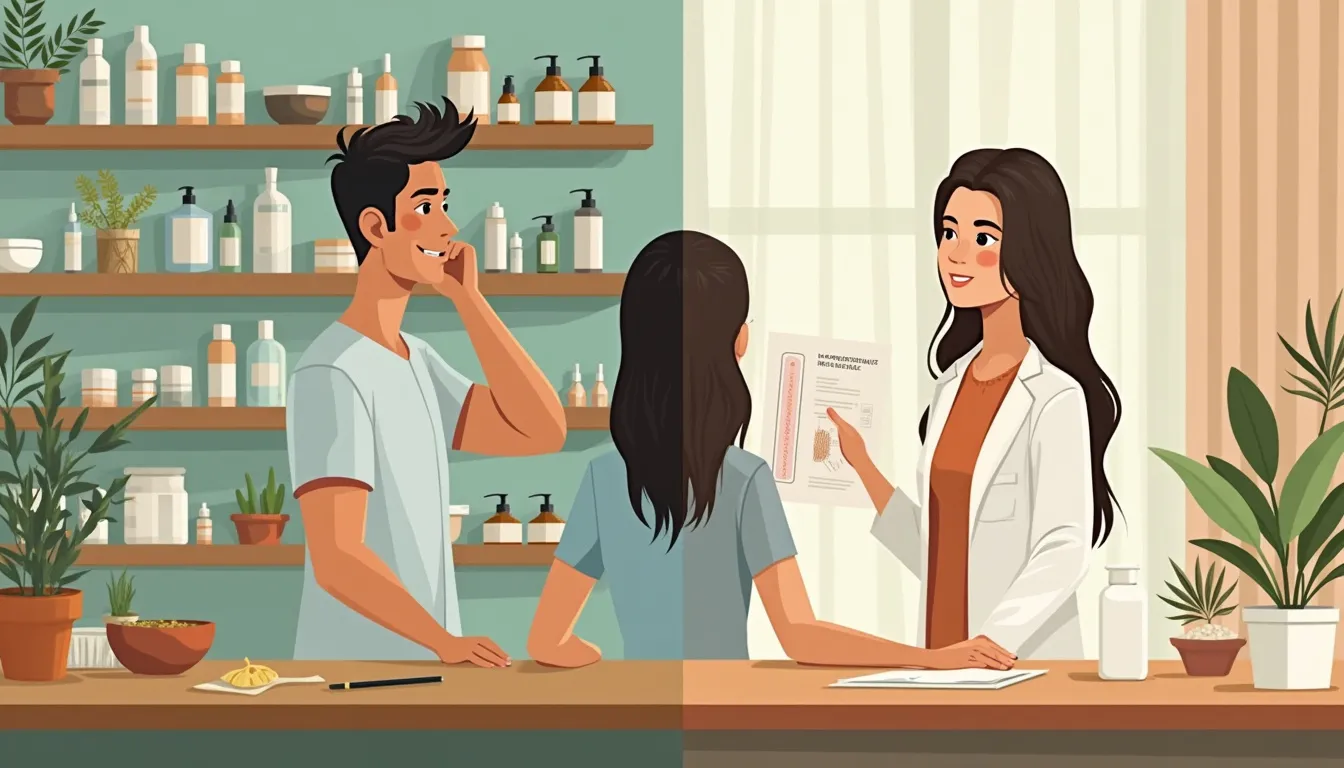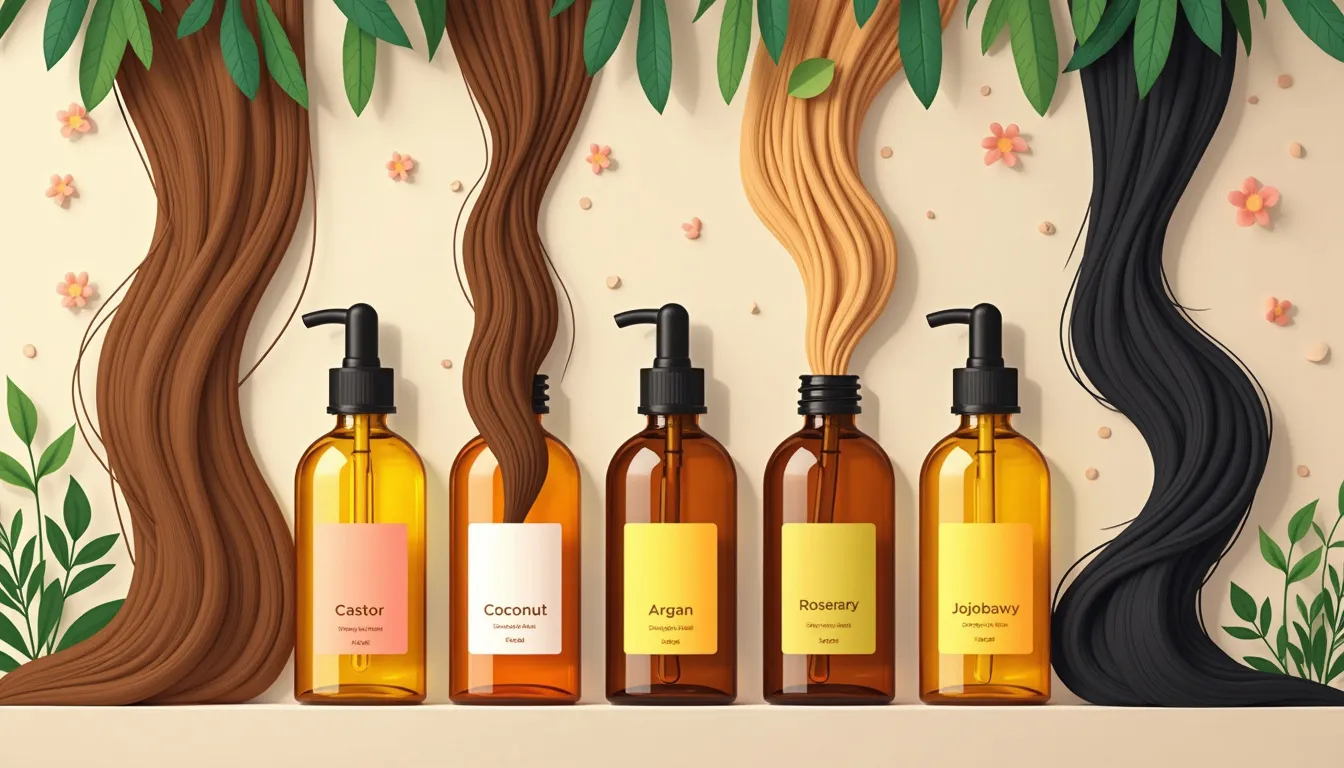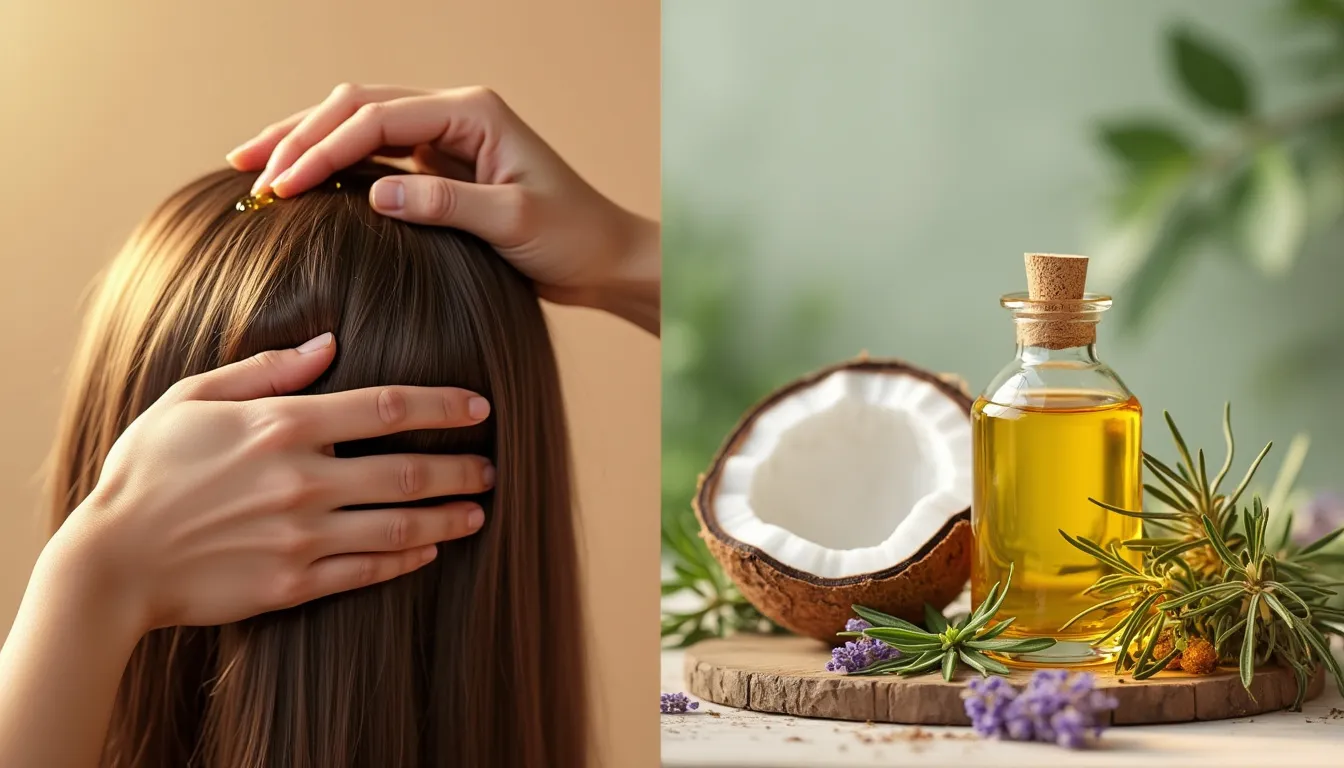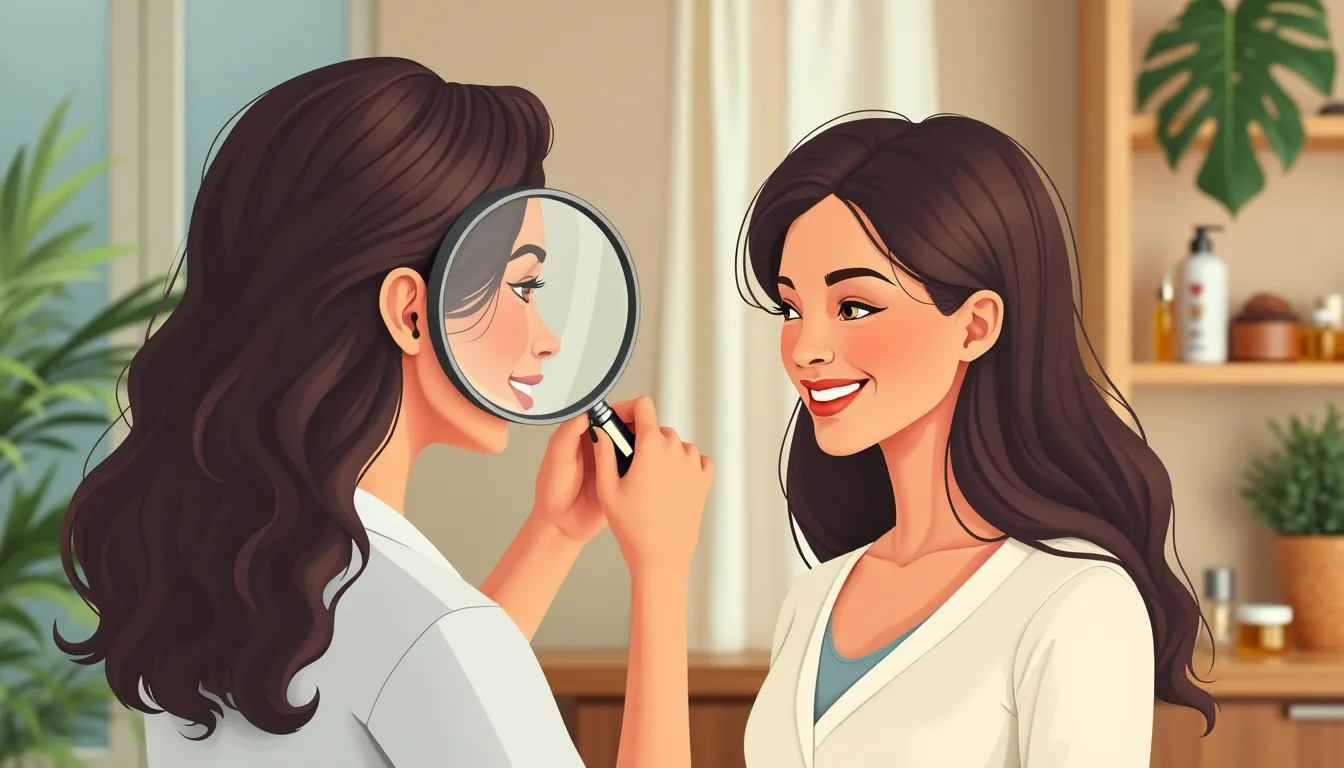Are you tired of seeing more hair in your shower drain than on your head? You’re not alone. Hair fall is a common concern that affects millions of people worldwide, impacting not just appearance but also self-esteem. Whether you’re noticing thinning patches or excessive shedding, finding the right hair fall shampoo can be a game-changer in your hair care routine. In this comprehensive guide, we’ll dive into the world of hair fall shampoos, exploring their effectiveness, key ingredients, and the top products that can help you combat thinning and shedding. From understanding the root causes of hair loss to identifying the best formulations for your specific hair type, we’ve got you covered. Say goodbye to hair woes and hello to luscious locks as we uncover the secrets to choosing the perfect hair fall shampoo that will have you flipping your hair with confidence once again. Whether you’re dealing with stress-induced shedding, hormonal changes, or genetic factors, there’s a solution waiting for you in the aisles of hair care products. Let’s embark on this journey to healthier, fuller-looking hair together!
Understanding Hair Fall and Its Causes
Hair fall, also known as hair loss or alopecia, is a common concern that affects millions of people worldwide. It’s more than just a cosmetic issue; hair fall can significantly impact an individual’s self-esteem and confidence. Whether you’re noticing more strands in your brush or thinning patches on your scalp, understanding the root causes of hair fall is crucial in finding the right hair fall shampoo to combat the problem.
What Exactly is Hair Fall?
Hair fall refers to the excessive shedding of hair from the scalp. While it’s normal to lose 50-100 hairs per day as part of the natural hair growth cycle, anything beyond this can be considered hair fall. This condition can manifest in various ways, including:
- Gradual thinning on the top of the head
- Circular or patchy bald spots
- Sudden loosening of hair
- Full-body hair loss
The impact of hair fall on one’s confidence cannot be overstated. Many people associate a full head of hair with youth, vitality, and attractiveness. When hair starts to thin or fall out, it can lead to feelings of insecurity, anxiety, and even depression.
Common Causes of Hair Fall
Hair fall can be triggered by various factors, some of which are within our control, while others are not. Understanding these causes can help in choosing the right hair fall shampoo and adopting appropriate lifestyle changes. Here are some of the most common causes:
1. Stress
Stress is a significant contributor to hair fall. When under stress, the body releases cortisol, which can disrupt the hair growth cycle. This can lead to a condition called telogen effluvium, where hair prematurely enters the resting phase and falls out.
2. Diet
A poor diet lacking essential nutrients can weaken hair and lead to increased shedding. Deficiencies in iron, protein, and vitamins (especially B vitamins) are often linked to hair fall.
3. Hormonal Changes
Hormonal imbalances, such as those occurring during pregnancy, childbirth, menopause, or thyroid problems, can significantly impact hair growth. Androgens, male hormones present in both men and women, can shrink hair follicles, leading to hair thinning and loss.
4. Genetics
Hereditary hair loss, or androgenetic alopecia, is the most common cause of hair fall. This condition, also known as male or female pattern baldness, is influenced by genetics and hormonal changes.
5. Medical Conditions and Medications
Certain medical conditions like alopecia areata, scalp infections, and trichotillomania can cause hair fall. Additionally, medications used to treat cancer, arthritis, depression, and high blood pressure may have hair loss as a side effect.
6. Styling Practices
Excessive use of heat styling tools, tight hairstyles, and harsh chemical treatments can damage hair and lead to breakage and hair fall.
How Hair Fall Shampoos Work
Hair fall shampoos are specifically formulated to address the various causes of hair loss and promote healthier, stronger hair growth. These specialized shampoos work through several mechanisms:
- Cleansing the Scalp: Hair fall shampoos thoroughly cleanse the scalp, removing excess sebum, dead skin cells, and product buildup. This creates a healthier environment for hair growth.
- Strengthening Hair: Many hair fall shampoos contain ingredients that fortify the hair shaft, reducing breakage and making hair more resilient.
- Stimulating Blood Circulation: Some ingredients in these shampoos improve blood flow to the scalp, ensuring that hair follicles receive adequate nutrients and oxygen.
- Blocking DHT: Dihydrotestosterone (DHT) is a hormone linked to hair loss. Some hair fall shampoos contain DHT blockers to help prevent hair thinning.
- Providing Nutrients: These shampoos often include vitamins, minerals, and other nutrients essential for healthy hair growth.
- Balancing Scalp pH: Maintaining the proper pH balance of the scalp is crucial for hair health. Many hair fall shampoos are formulated to achieve this balance.
It’s important to note that while hair fall shampoos can be effective, they are not a one-size-fits-all solution. The effectiveness of a hair fall shampoo depends on the underlying cause of hair loss and individual hair type. For best results, it’s often recommended to use these shampoos in conjunction with other hair care products and treatments.
When choosing a hair fall shampoo, look for products that address your specific hair concerns and contain ingredients known to promote hair health. In the next section, we’ll delve into the key ingredients to look for in effective hair fall shampoos, helping you make an informed decision in your fight against hair loss.
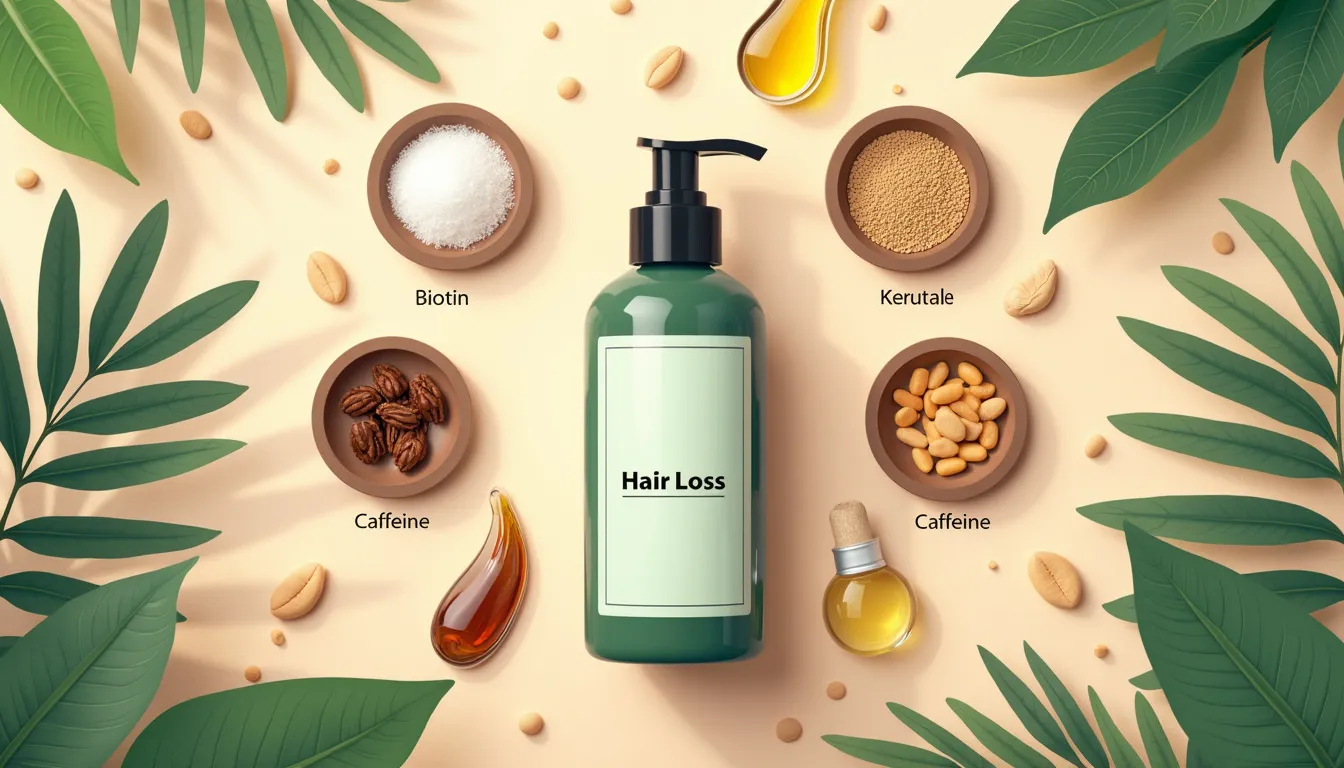
Key Ingredients to Look for in Hair Fall Shampoos
When shopping for a hair fall shampoo, it’s crucial to understand the key ingredients that make these products effective. Not all shampoos are created equal, and knowing what to look for can make a significant difference in your hair health journey. Let’s dive into the essential components that power the best hair fall shampoos on the market.
Minoxidil: The Gold Standard for Hair Growth
Minoxidil is perhaps the most well-known and scientifically backed ingredient in the fight against hair loss. Originally developed as a blood pressure medication, researchers discovered its remarkable ability to stimulate hair growth. Here’s why minoxidil is a game-changer in hair fall shampoos:
- FDA-approved for treating hair loss
- Increases blood flow to hair follicles, promoting growth
- Extends the growth phase of the hair cycle
- Can be effective for both men and women
While minoxidil is typically found in topical solutions, some advanced hair fall shampoos now incorporate this powerful ingredient. However, it’s important to note that the concentration in shampoos may be lower than in dedicated minoxidil products, so results might vary.
Natural Ingredients: The Power of Nature
For those preferring a more natural approach, several plant-based ingredients have shown promise in combating hair fall. These natural powerhouses can be just as effective and often come with additional benefits for scalp health.
Biotin
Biotin, also known as Vitamin B7, is a crucial nutrient for healthy hair growth. Here’s why it’s a star ingredient in many hair fall shampoos:
- Strengthens hair strands, reducing breakage
- Improves keratin infrastructure in hair
- Promotes faster hair growth
Look for shampoos that list biotin high on their ingredient list for maximum benefit.
Saw Palmetto
This natural extract has gained popularity in hair care due to its potential to block DHT, a hormone linked to hair loss. Benefits of saw palmetto include:
- May reduce hair thinning caused by DHT
- Can improve hair density over time
- Often combined with other natural ingredients for synergistic effects
Caffeine
You might be surprised to find your morning pick-me-up in your shampoo, but caffeine has proven benefits for hair health:
- Stimulates hair follicles and promotes growth
- Extends the life cycle of hair strands
- Can penetrate the scalp quickly for fast-acting results
Vitamins and Minerals: Nourishment from the Inside Out
A well-formulated hair fall shampoo should also include a blend of vitamins and minerals that strengthen hair follicles and promote overall scalp health. Here are some key nutrients to look for:
Vitamin E
This antioxidant vitamin plays a crucial role in scalp health:
- Improves blood circulation to the scalp
- Reduces oxidative stress on hair follicles
- Helps maintain a healthy, moisturized scalp
Zinc
Zinc is an essential mineral for hair health, and its deficiency has been linked to hair loss. Benefits of zinc in hair fall shampoos include:
- Supports protein synthesis for hair growth
- Helps regulate hormones that can affect hair loss
- Maintains oil glands around hair follicles
Iron
While not commonly found in shampoos, some advanced formulations may include iron compounds. Iron deficiency is a known cause of hair loss, so topical application may help:
- Supports the delivery of oxygen to hair follicles
- May help address hair loss due to iron deficiency
- Works in conjunction with other nutrients for optimal hair health
Innovative Ingredients: The Future of Hair Fall Solutions
As research in hair care advances, new ingredients are emerging as potential game-changers in the fight against hair fall. Keep an eye out for these innovative components in cutting-edge hair fall shampoos:
- Ketoconazole: An antifungal agent that may also have anti-androgenic properties, helpful in combating hair loss
- Peptides: Small proteins that can penetrate the scalp and stimulate hair growth
- Stem cell extracts: Plant-based stem cells that may revitalize dormant hair follicles
When choosing a hair fall shampoo, it’s essential to consider your specific needs and hair type. Some ingredients may work better for certain individuals, and it may take some trial and error to find the perfect combination for you. Remember, consistency is key when using hair fall shampoos, and results may take several weeks or months to become noticeable.
For those looking to take their hair care routine to the next level, consider complementing your hair fall shampoo with a comprehensive hair health program. One such option is the Fortify program, which offers a holistic approach to combating hair loss and promoting healthier, fuller hair.
By understanding the key ingredients in hair fall shampoos and how they work, you’re better equipped to make an informed decision about which product is right for you. Whether you opt for a minoxidil-based formula, a natural blend, or a vitamin-rich option, the right hair fall shampoo can be a powerful ally in your quest for healthier, fuller hair.

Top 5 Hair Fall Shampoos for Different Hair Types
When it comes to combating hair fall, one size doesn’t fit all. Different hair types and scalp conditions require tailored solutions. Here’s a comprehensive look at the top 5 hair fall shampoos, each catering to specific needs:
1. Best Overall Hair Fall Shampoo: Nioxin System 2 Cleanser Shampoo
Nioxin System 2 Cleanser Shampoo stands out as the best overall hair fall shampoo for its versatility and effectiveness. This professional-grade product is designed for noticeably thinning hair, making it an excellent choice for those experiencing progressive hair loss.
- Key ingredients: Peppermint oil, white tea extract, and biotin
- Benefits: Removes follicle-clogging sebum, strengthens hair strands, and promotes a healthy scalp environment
- Suitable for: All hair types experiencing noticeable thinning
Users report significant reduction in hair fall within 2-3 months of consistent use. The minty sensation during application also provides a refreshing experience, making hair care feel like a spa treatment.
2. Top Choice for Sensitive Scalps: Klorane Shampoo with Peony
For those with sensitive scalps prone to irritation, Klorane Shampoo with Peony offers a gentle yet effective solution to hair fall. This hypoallergenic formula is free from harsh chemicals, making it ideal for those with scalp sensitivities or allergies.
- Key ingredients: Peony extract, provitamin B5
- Benefits: Soothes scalp irritation, reduces inflammation, and strengthens hair follicles
- Suitable for: Sensitive scalps, color-treated hair
The mild formula of Klorane Shampoo with Peony ensures that it cleanses without stripping natural oils, maintaining scalp health while addressing hair fall. Its pleasant floral scent is an added bonus for those seeking a luxurious hair care experience.
3. Best Hair Fall Shampoo for Oily Hair: Maple Holistics Biotin Shampoo
Oily scalps can exacerbate hair fall by clogging follicles and weakening hair roots. Maple Holistics Biotin Shampoo tackles this issue head-on, providing a deep cleanse without over-drying the scalp.
- Key ingredients: Biotin, zinc, coconut oil, evening primrose oil
- Benefits: Regulates sebum production, strengthens hair from root to tip, promotes hair growth
- Suitable for: Oily scalps, fine hair prone to breakage
This sulfate-free formula is particularly effective for those with fine, oily hair that’s prone to breakage. Users appreciate its ability to leave hair feeling clean and volumized without the weighed-down feeling often associated with hair fall treatments.
4. Recommended Option for Dry and Damaged Hair: Pura D’or Original Gold Label Anti-Thinning Shampoo
Dry and damaged hair requires extra care when treating hair fall. Pura D’or Original Gold Label Anti-Thinning Shampoo offers a nourishing formula that addresses hair fall while restoring moisture and vitality to stressed tresses.
- Key ingredients: Biotin, nettle extract, saw palmetto, he shou wu
- Benefits: Reduces breakage, stimulates scalp circulation, nourishes hair follicles
- Suitable for: Dry, damaged, or color-treated hair
This clinically tested formula boasts a blend of 17 active ingredients that work synergistically to combat hair fall. Its DHT blockers and growth-stimulating compounds make it a powerhouse for those dealing with both dryness and thinning.
5. Budget-Friendly Hair Fall Shampoo: OGX Thick & Full + Biotin & Collagen Shampoo
Effective hair fall treatment doesn’t always have to break the bank. OGX Thick & Full + Biotin & Collagen Shampoo offers an affordable solution without compromising on quality or results.
- Key ingredients: Biotin, collagen, hydrolyzed wheat protein
- Benefits: Strengthens hair strands, adds volume, promotes thicker-looking hair
- Suitable for: All hair types, especially fine or thinning hair
This budget-friendly option has gained a cult following for its ability to deliver noticeable results at a fraction of the cost of high-end treatments. Users love how it leaves hair feeling fuller and more manageable after just a few washes.
Choosing the Right Hair Fall Shampoo for You
When selecting a hair fall shampoo, consider your specific hair type, scalp condition, and any sensitivities you may have. It’s also worth noting that results can vary from person to person, and consistency is key in any hair care regimen.
For optimal results, combine your chosen hair fall shampoo with a balanced diet, stress management techniques, and gentle hair care practices. If hair fall persists or worsens, consult a dermatologist or trichologist for personalized advice.
Remember, while these shampoos can significantly help in managing hair fall, they work best as part of a comprehensive approach to hair health. For those seeking additional support in their hair loss journey, consider exploring hair growth programs that offer a more holistic approach to combating hair loss and promoting healthier, fuller-looking hair.
In conclusion, finding the right hair fall shampoo can be a game-changer in your battle against thinning and shedding. While these products can significantly improve hair health and reduce hair fall, it’s essential to remember that they are just one part of a comprehensive hair care routine. Combining the use of a quality hair fall shampoo with a balanced diet, stress management, and proper hair care practices can yield the best results.
When choosing a hair fall shampoo, consider your specific hair type and any underlying scalp conditions. What works for one person may not work for another, so don’t be discouraged if you need to try a few options before finding your perfect match. Pay attention to the ingredients list and look for those scientifically proven to combat hair fall, such as minoxidil, biotin, and caffeine.
Remember that consistency is key. Hair growth cycles take time, so you may need to use a hair fall shampoo regularly for several months before seeing significant results. If you don’t notice any improvement after prolonged use, or if your hair fall worsens, it’s advisable to consult a dermatologist or trichologist for personalized advice.
Lastly, while hair fall shampoos can be effective, they’re not a miracle cure. For those experiencing severe or persistent hair loss, it may be beneficial to explore additional treatments or medications under professional guidance. By taking a holistic approach to hair care and being patient with the process, you can work towards achieving healthier, fuller-looking hair and boost your confidence in the process.

